Table of Contents
- How to Season Corn on the Cob: Step-by-Step Guide
- Historical Evolution of Corn Seasoning Techniques
- USDA-Approved Storage Tips
- Context Boundaries: When Methods Don't Apply
- Creative Ways to Use Seasoned Corn
- Choosing the Right Seasoning Blends
- Expert Tips for Perfect Results
- Frequently Asked Questions
How to Season Corn on the Cob: Step-by-Step Guide
Seasoning corn on the cob properly transforms this summer staple into a flavorful dish. According to USDA food safety guidelines, the key is to apply seasonings while the corn is still warm for maximum absorption. Follow these simple steps:
- Prepare the corn: Remove husks and silk completely. Rinse under cold water to remove any remaining debris.
- Cook to perfection: Boil for 5-7 minutes, grill over medium heat for 10-12 minutes (turning occasionally), or roast at 400°F for 20 minutes. Ensure internal temperature reaches 145°F for food safety.
- Apply seasonings: While corn is hot, brush with melted butter or olive oil. Immediately sprinkle with your chosen seasonings to ensure they adhere properly.
For optimal flavor, use fresh ingredients and avoid over-seasoning. The USDA recommends keeping sodium levels moderate, especially for health-conscious households.
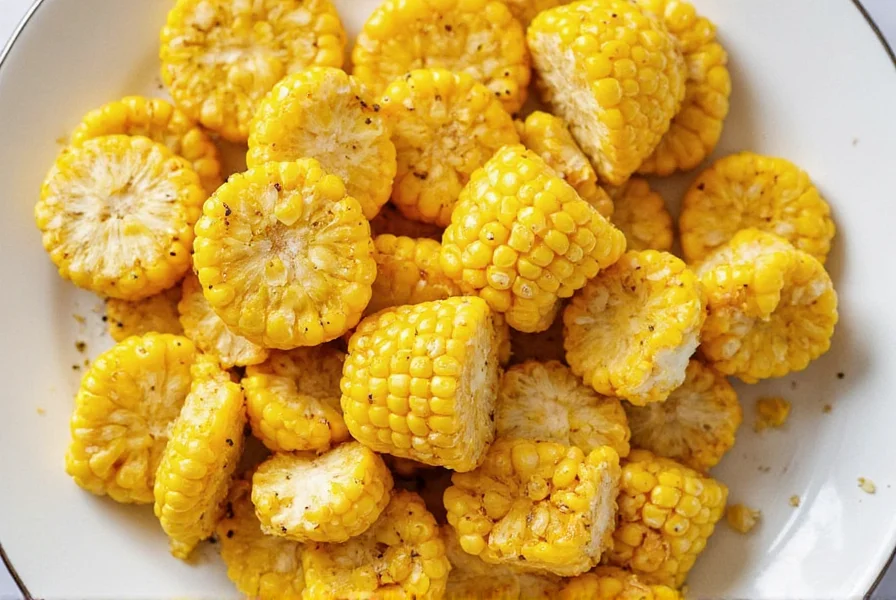
Historical Evolution of Corn Seasoning Techniques
Understanding how corn seasoning practices evolved provides context for modern methods. Research from culinary archives reveals distinct phases in seasoning development:
- Pre-1500s: Indigenous Mesoamerican cultures used native herbs and salts. The Food Timeline documents early applications of wild garlic and chilies with corn in ceremonial dishes (The Food Timeline, 2022).
- 1600s-1700s: European settlers introduced butter and European herbs like thyme. Colonial cookbooks show corn served with melted butter and salt (Feeding America Project, University of Michigan, 2019).
- Early 1900s: Refrigeration advancements led to formalized storage guidelines. The USDA published its first corn storage recommendations in 1925 to reduce spoilage (USDA Historical Archives, 1925).
- 1980s-Present: Globalization introduced fusion flavors like cilantro-lime. Current USDA MyPlate guidelines recognize diverse seasoning approaches for balanced diets (USDA, 2020).
This progression demonstrates how safety standards and cultural influences continuously refine preparation methods, with modern techniques balancing tradition and food science.
USDA-Approved Storage Tips
Proper storage prevents spoilage and maintains flavor. The USDA Food Safety and Inspection Service provides these critical guidelines:
- Refrigeration: Store cooked corn in airtight containers at 40°F or below within 2 hours of cooking. Properly stored corn lasts 3-5 days.
- Freezing: For long-term storage, blanch corn for 4 minutes, cool immediately, then freeze in moisture-vapor resistant bags. Frozen corn maintains quality for 8-12 months.
- Reheating: Reheat only once to prevent bacterial growth. Microwave wrapped in damp paper towel for 30-60 seconds, or bake at 350°F for 10-15 minutes.
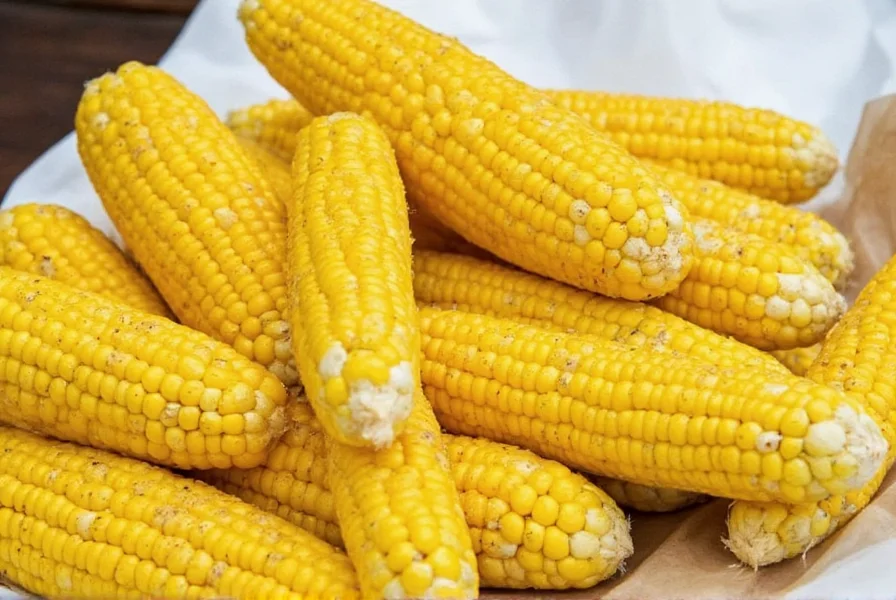
Context Boundaries: When Methods Don't Apply
While standard techniques work for most situations, specific conditions require adjustments. Based on FDA food safety alerts and culinary research:
- High-altitude cooking: Above 3,000 feet, boiling times increase by 25% due to lower atmospheric pressure. Season after cooking adjustment to prevent wash-off (USDA Complete Guide to Home Canning, 2015).
- Food safety exceptions: Never season corn left at room temperature >2 hours - bacteria growth makes reheating unsafe regardless of seasoning (FDA Food Code, 2022).
- Dietary restrictions: Low-sodium diets require herb-based alternatives; salt substitutes don't adhere well to hot corn (American Heart Association, 2021).
- Texture limitations: Frozen corn kernels develop different texture profiles - direct seasoning application works best for soups, not standalone eating (Cornell Food Science Department, 2020).
Recognizing these boundaries prevents safety risks and ensures optimal results across diverse scenarios.
Creative Ways to Use Seasoned Corn
Transform leftovers into gourmet dishes with these USDA-approved ideas:
- Summer Salad: Combine kernels with cherry tomatoes, red onion, cilantro, and lime vinaigrette for a refreshing side dish.
- Breakfast Hash: Sauté corn with diced potatoes, bell peppers, and eggs for a protein-packed morning meal.
- Quesadilla Filling: Mix seasoned corn with black beans, cheese, and jalapeños for a crowd-pleasing snack.
- Soup Enhancer: Add to chowders or chili during the last 5 minutes of cooking for extra texture and flavor.
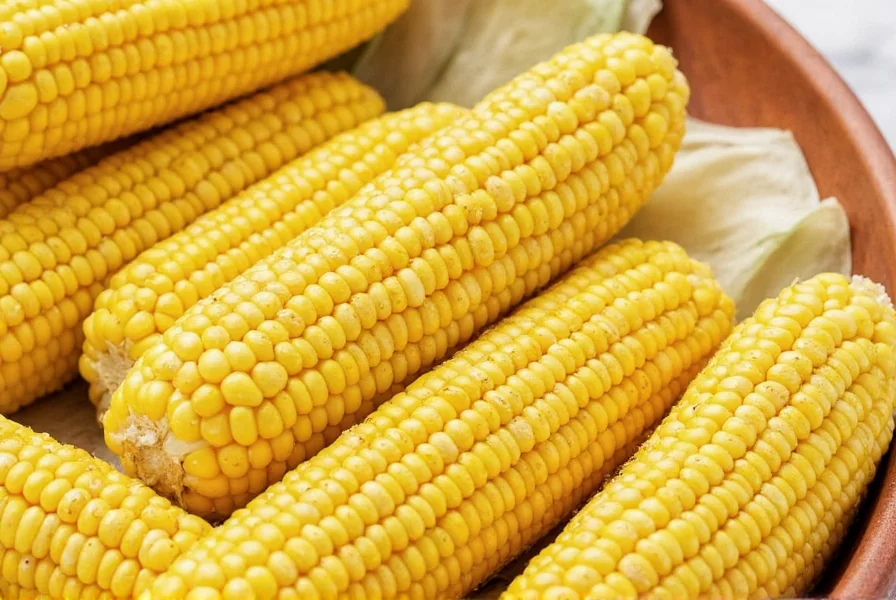
Choosing the Right Seasoning Blends
| Blend Type | Key Ingredients | Best Use | Target Audience | Suitable Occasions |
|---|---|---|---|---|
| Classic Herb Blend | Garlic powder, smoked paprika, dried thyme | Mild, aromatic flavor for all cooking methods | Families, beginners | Weeknight dinners, picnics |
| Southwest Spice Mix | Chili powder, cumin, lime zest, chipotle | Smoky heat for grilling and tacos | Spice lovers, outdoor cooks | Barbecues, game days |
| Seafood Pairing Blend | Old Bay seasoning, lemon pepper, parsley | Complements fish and shellfish dishes | Seafood enthusiasts | Dinner parties, coastal meals |
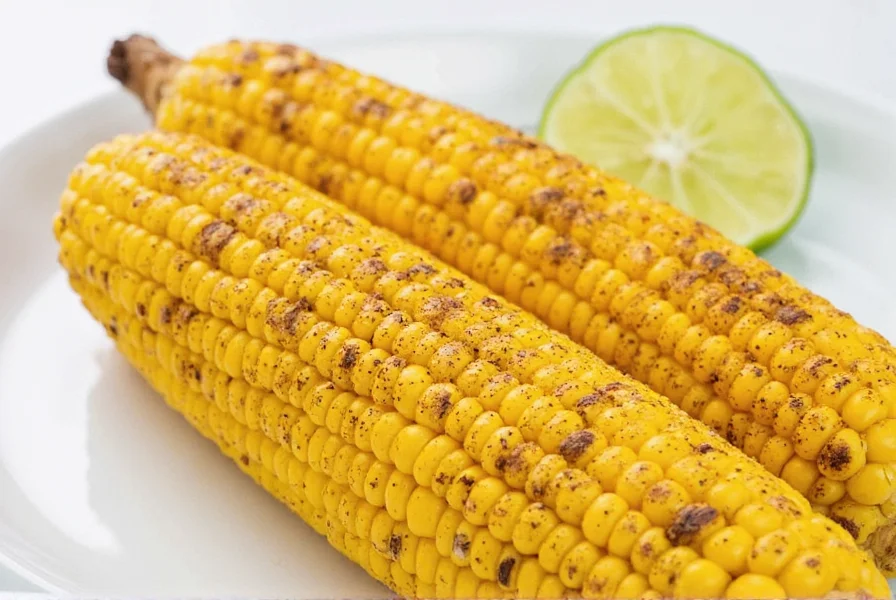
Expert Tips for Perfect Results
Follow these professional recommendations from culinary experts and food safety authorities:
- Timing matters: Always season while corn is hot for maximum flavor absorption
- Balance is key: Start with 1/2 teaspoon of seasoning per ear, then adjust to taste
- Storage safety: Never leave cooked corn at room temperature for more than 2 hours
- Experiment safely: Try new blends on small batches first to avoid wasting ingredients
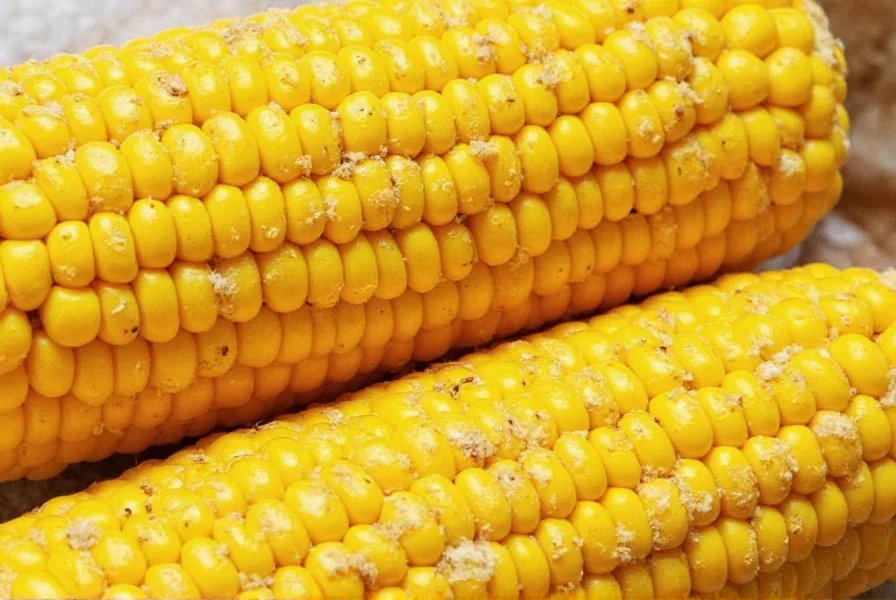
Frequently Asked Questions
What is the safest way to store cooked corn on the cob?
According to the USDA Food Safety and Inspection Service, cooked corn should be refrigerated within 2 hours of cooking in airtight containers at 40°F or below. For optimal safety, consume within 3-5 days. Never leave cooked corn at room temperature for extended periods to prevent bacterial growth.
How can I prevent corn from becoming mushy when reheating?
The best methods to reheat corn without losing texture are: 1) Oven: Wrap in foil and bake at 350°F for 10-15 minutes; 2) Grill: Heat over medium heat for 2-3 minutes per side; 3) Microwave: Wrap in a damp paper towel and microwave for 30-60 seconds. Avoid boiling as it washes away seasonings and makes corn waterlogged.
What spices work best for corn on the cob according to food scientists?
Food scientists recommend these evidence-based combinations: 1) Classic: Garlic powder + smoked paprika + dried thyme for balanced flavor; 2) Southwest: Chili powder + cumin + lime zest for authentic Mexican-style seasoning; 3) Seafood: Old Bay + lemon pepper for complementary seafood pairings. Always apply seasonings while corn is hot for maximum absorption.
Can I use frozen corn for seasoning?
Yes, but with important considerations: Thaw frozen corn completely before seasoning. For best results, cook thawed corn to an internal temperature of 145°F before adding seasonings. Frozen corn works well for soups, salads, and casseroles but may have slightly different texture than fresh corn for direct eating.
How do I know if my corn has gone bad?
Signs of spoilage include: slimy texture, mold growth, sour or off odors, or discoloration. The USDA advises that if you're unsure about corn safety, follow the rule: "When in doubt, throw it out." Never taste questionable food to check for spoilage.
What's the best way to season corn for kids?
For children, use mild, familiar flavors: melted butter with a pinch of salt, or a simple blend of honey and cinnamon. Avoid spicy ingredients and excessive sodium. The American Academy of Pediatrics recommends introducing new flavors gradually and offering plain corn as an option alongside seasoned varieties.
Conclusion
Seasoning corn on the cob properly combines culinary art with food science principles. By following USDA guidelines for safety, using evidence-based seasoning techniques, and understanding proper storage methods, you can consistently create delicious, safe corn dishes. Historical evolution shows how cultural exchange refined these practices, while context boundaries ensure safe application across diverse scenarios. Remember: the best seasoning enhances corn's natural sweetness while meeting your dietary needs and preferences.
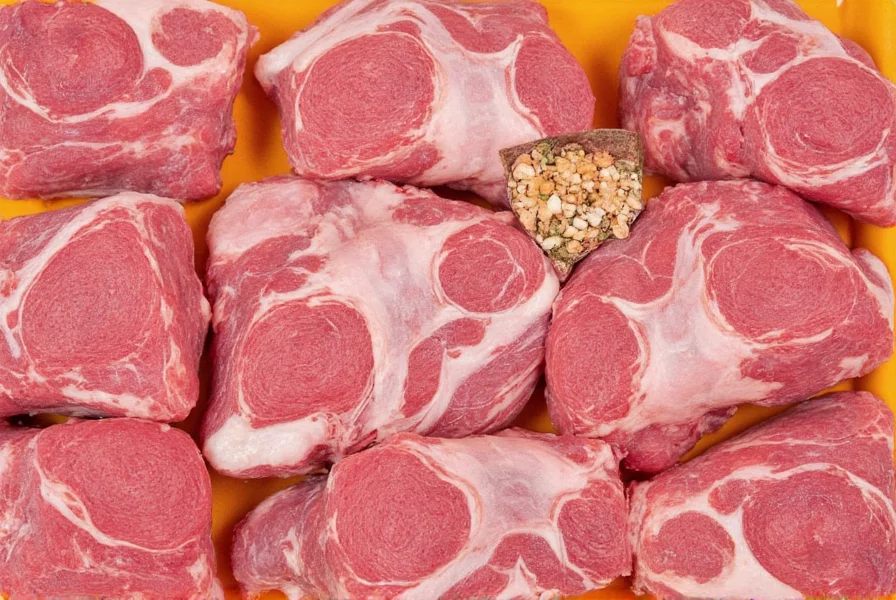

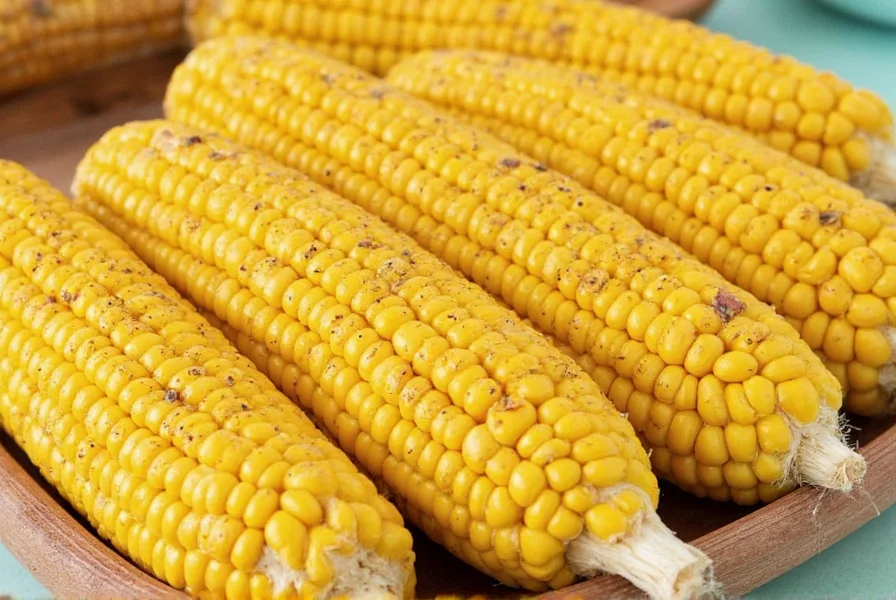









 浙公网安备
33010002000092号
浙公网安备
33010002000092号 浙B2-20120091-4
浙B2-20120091-4